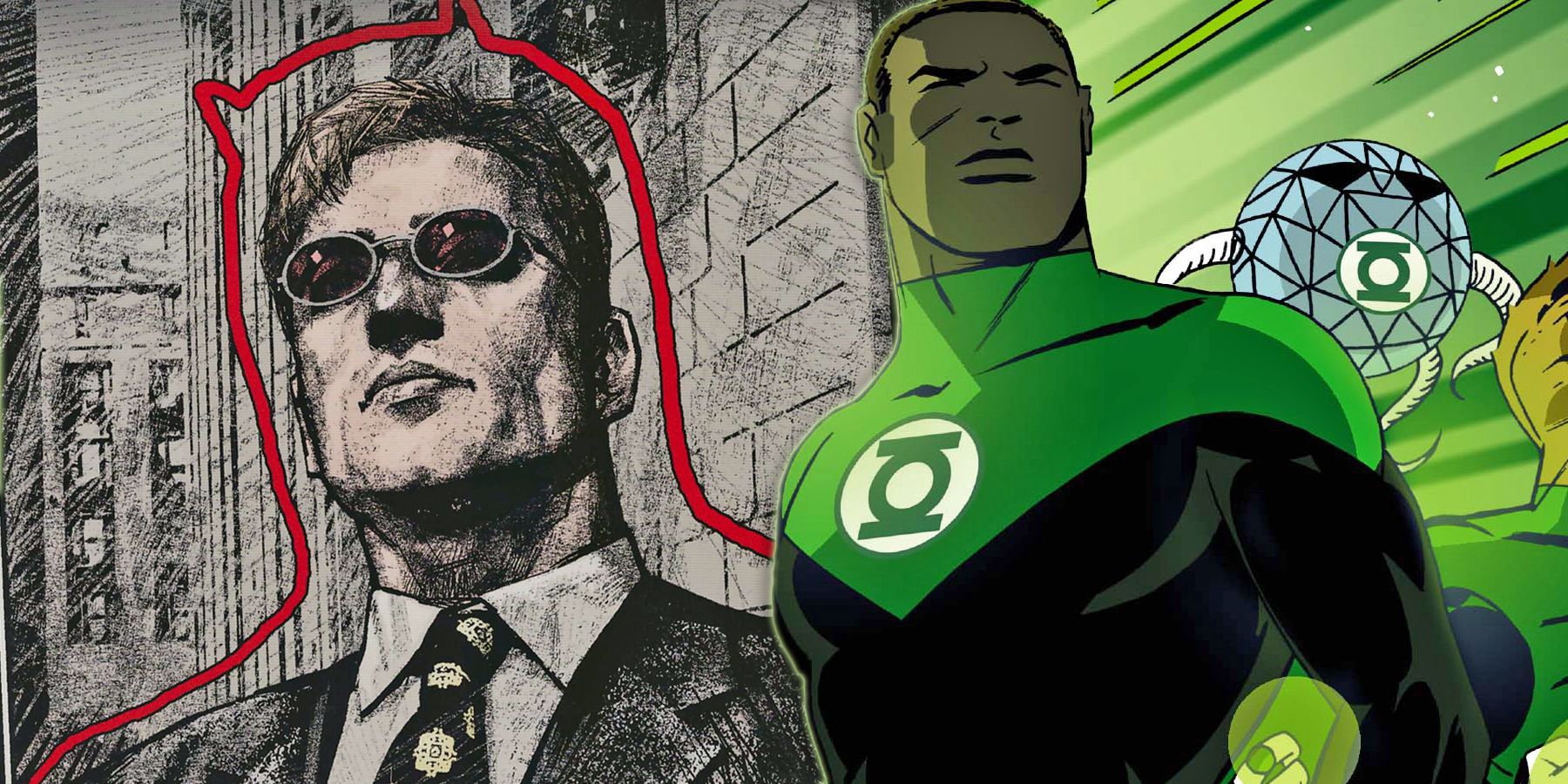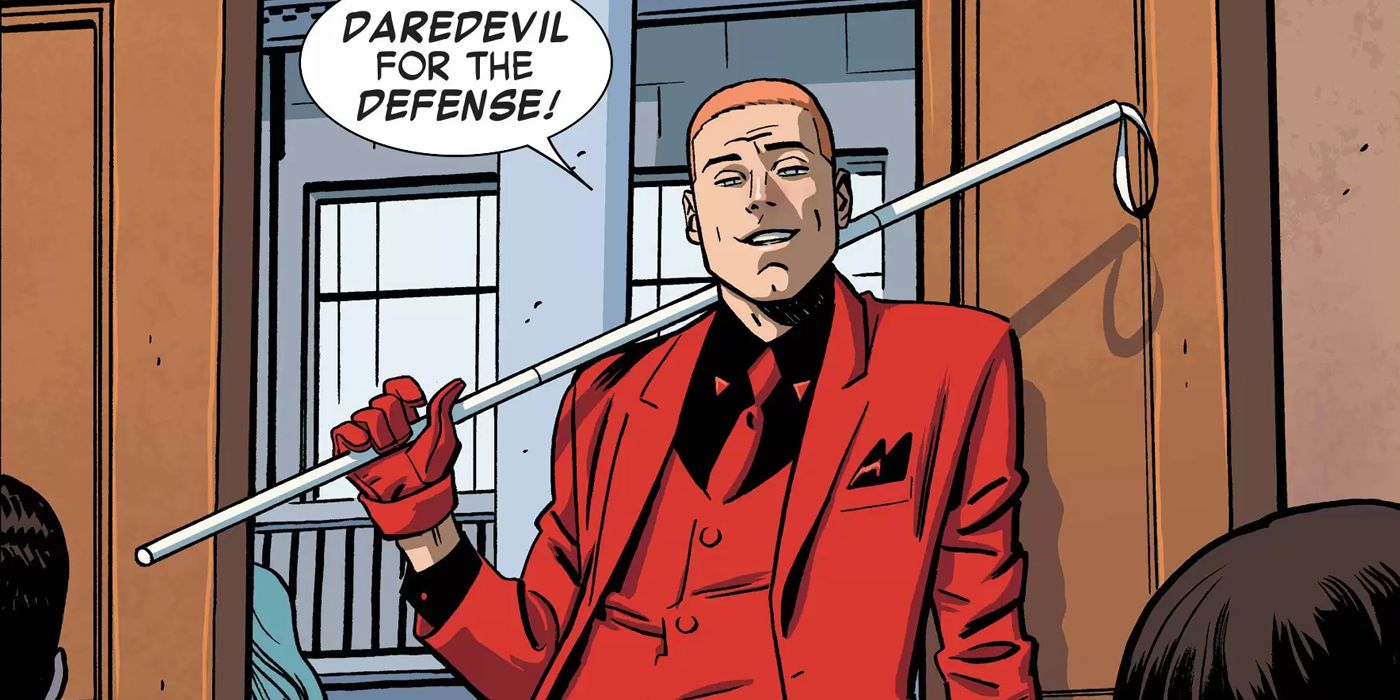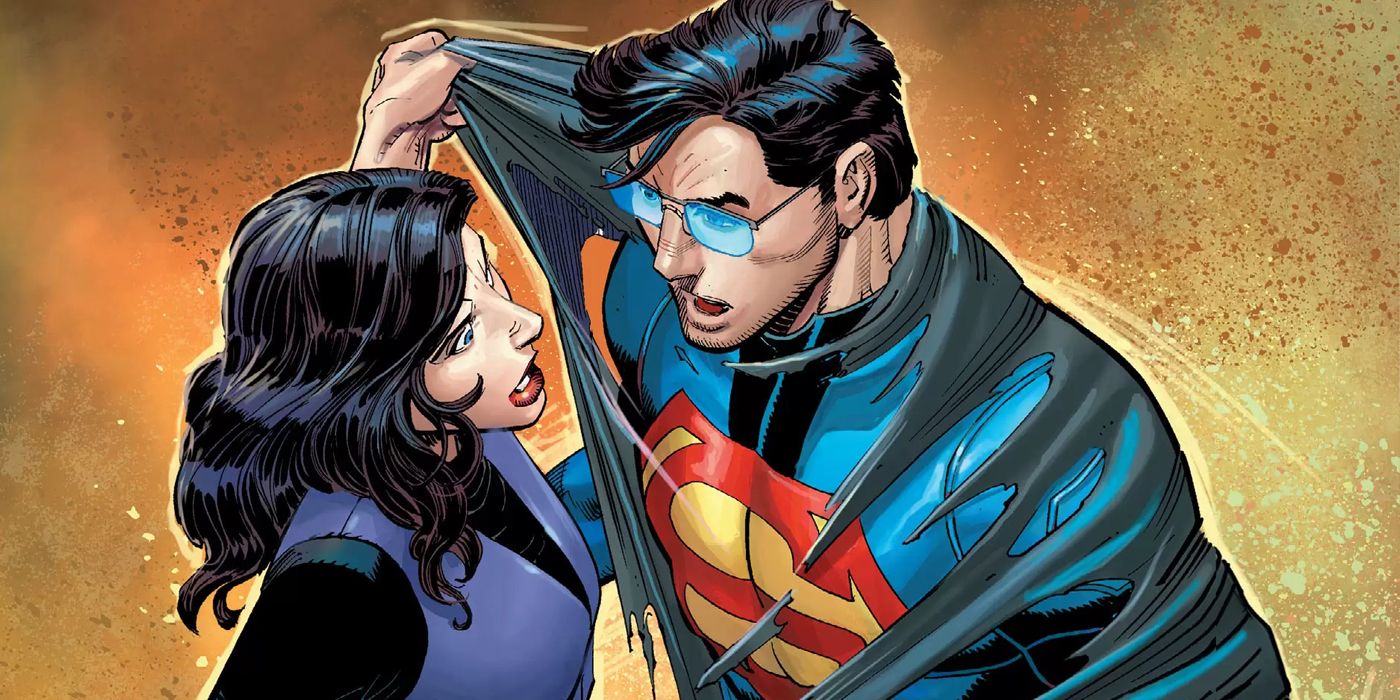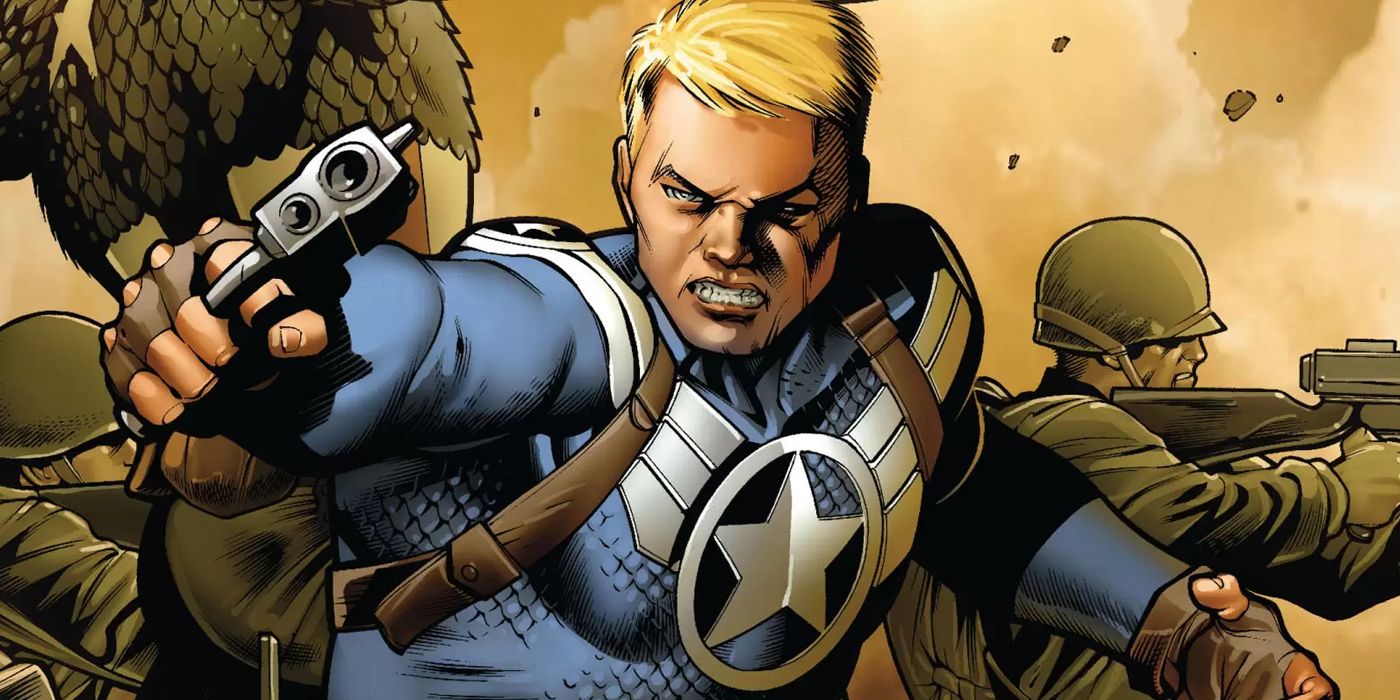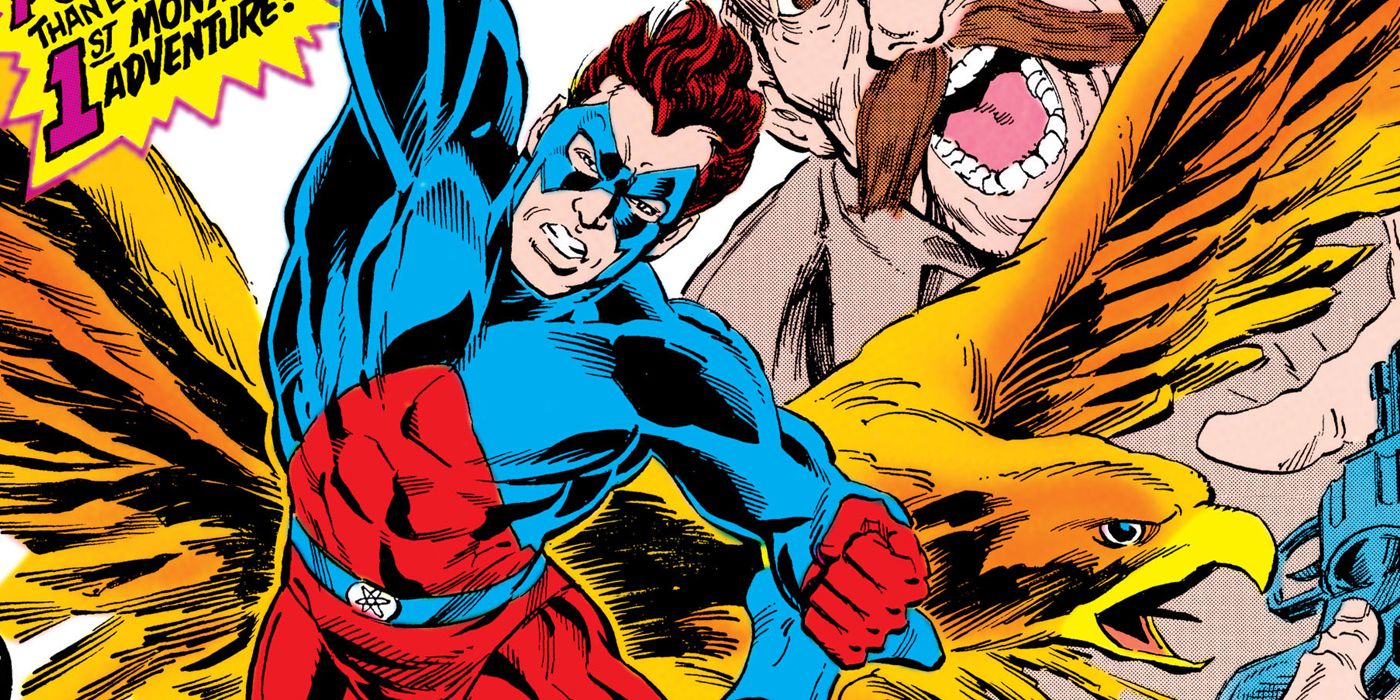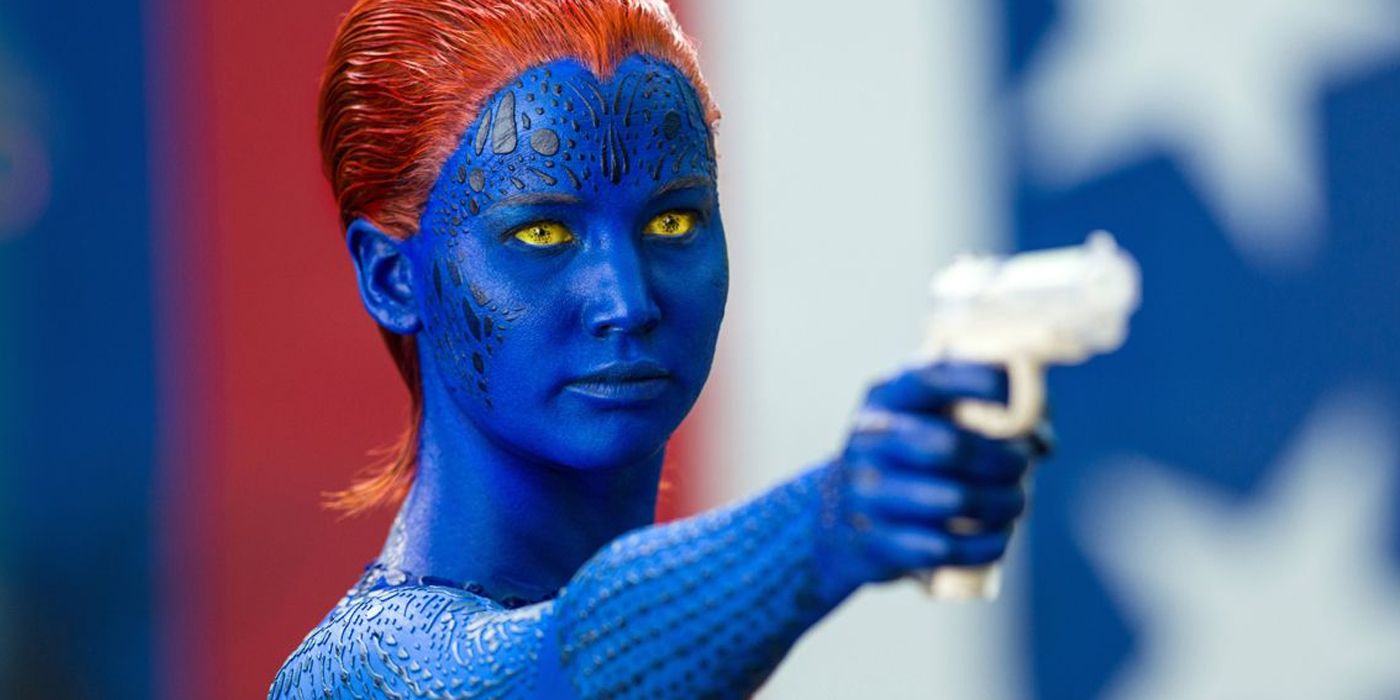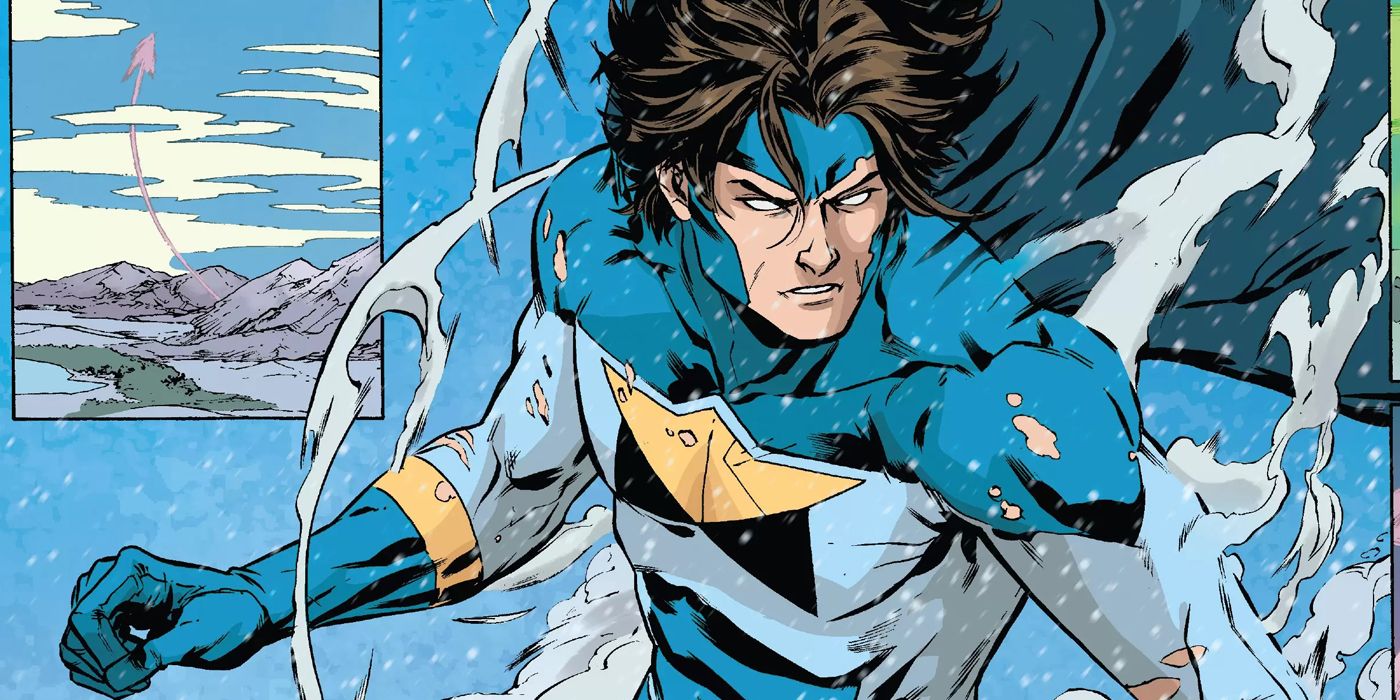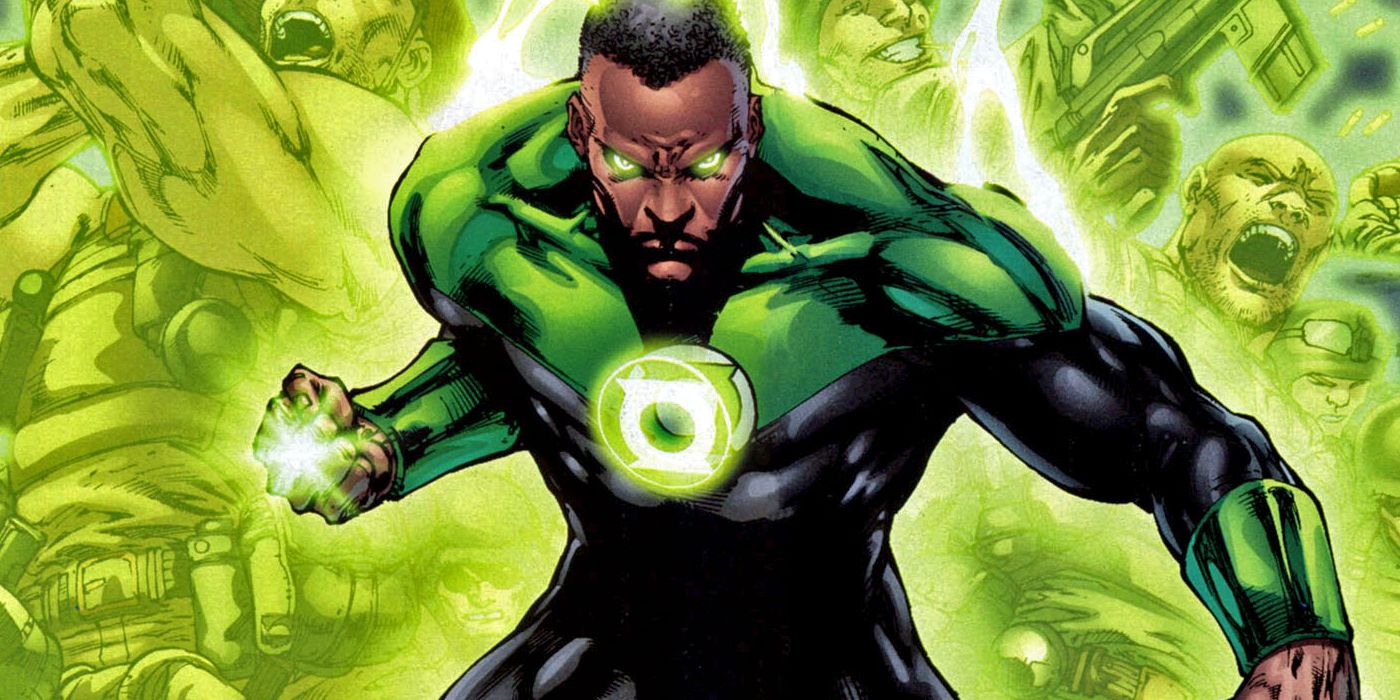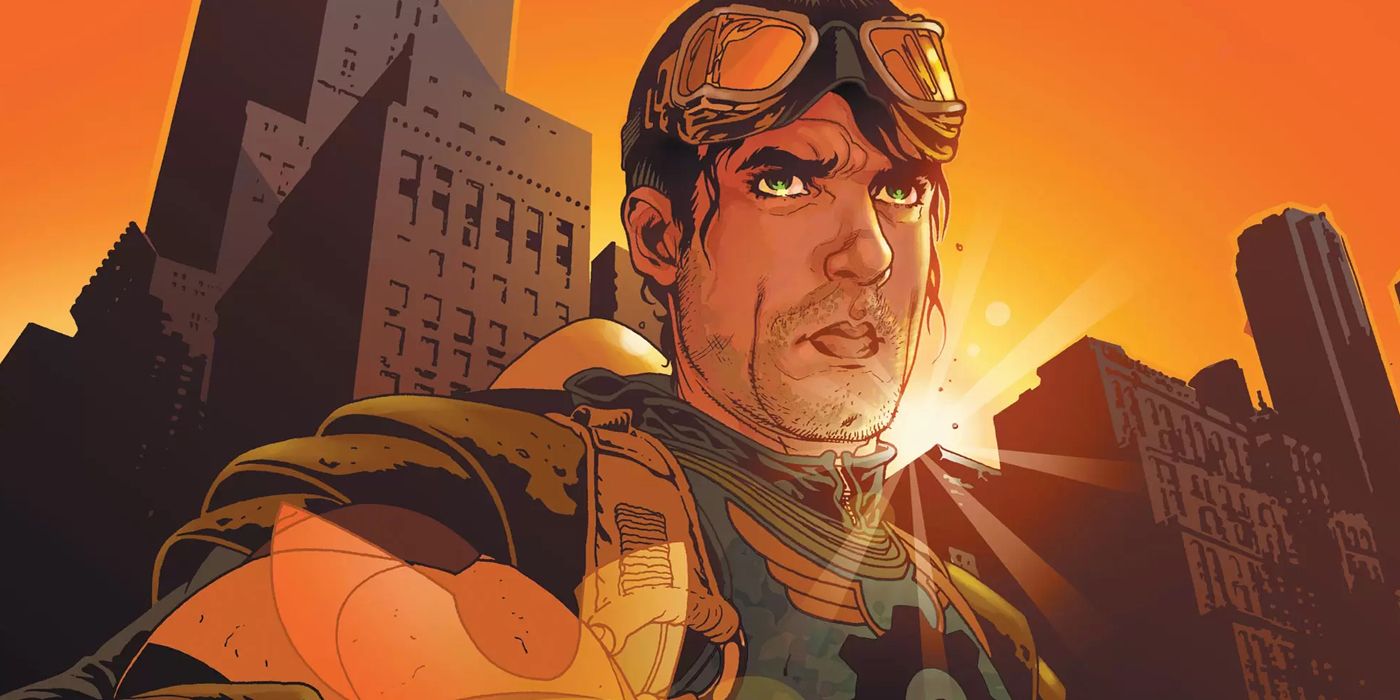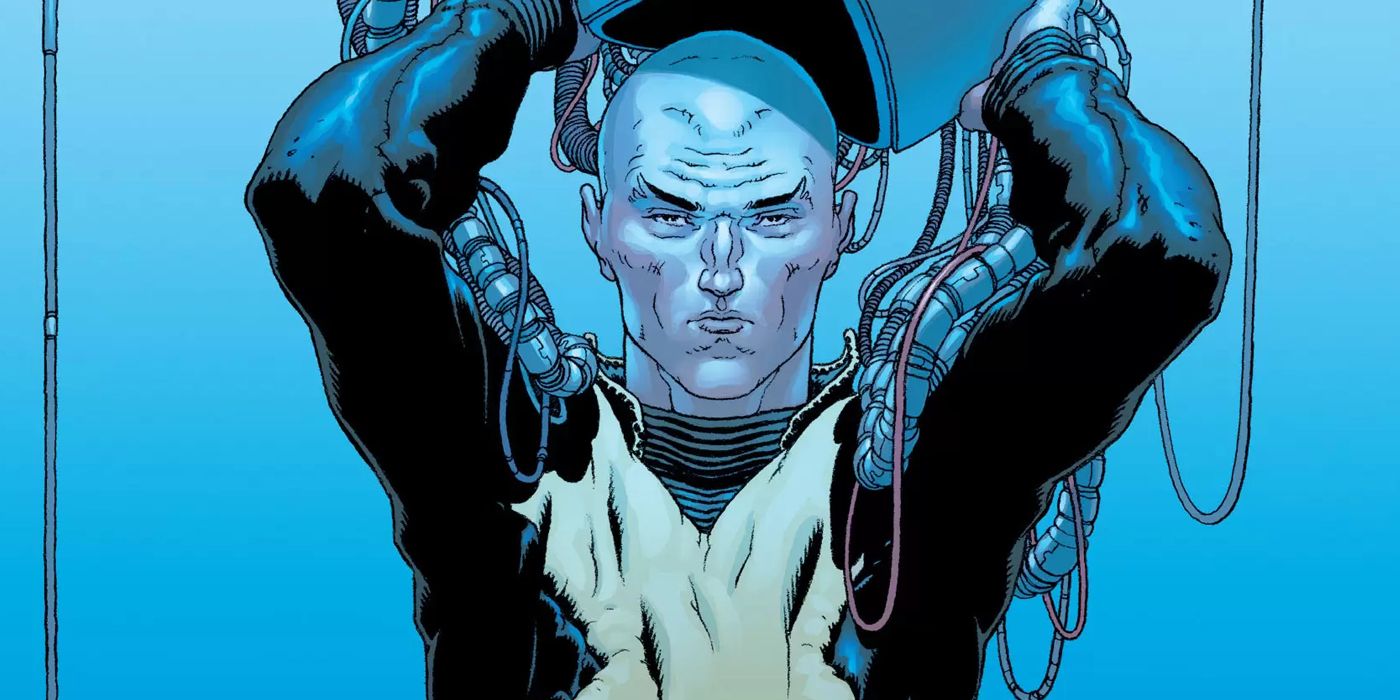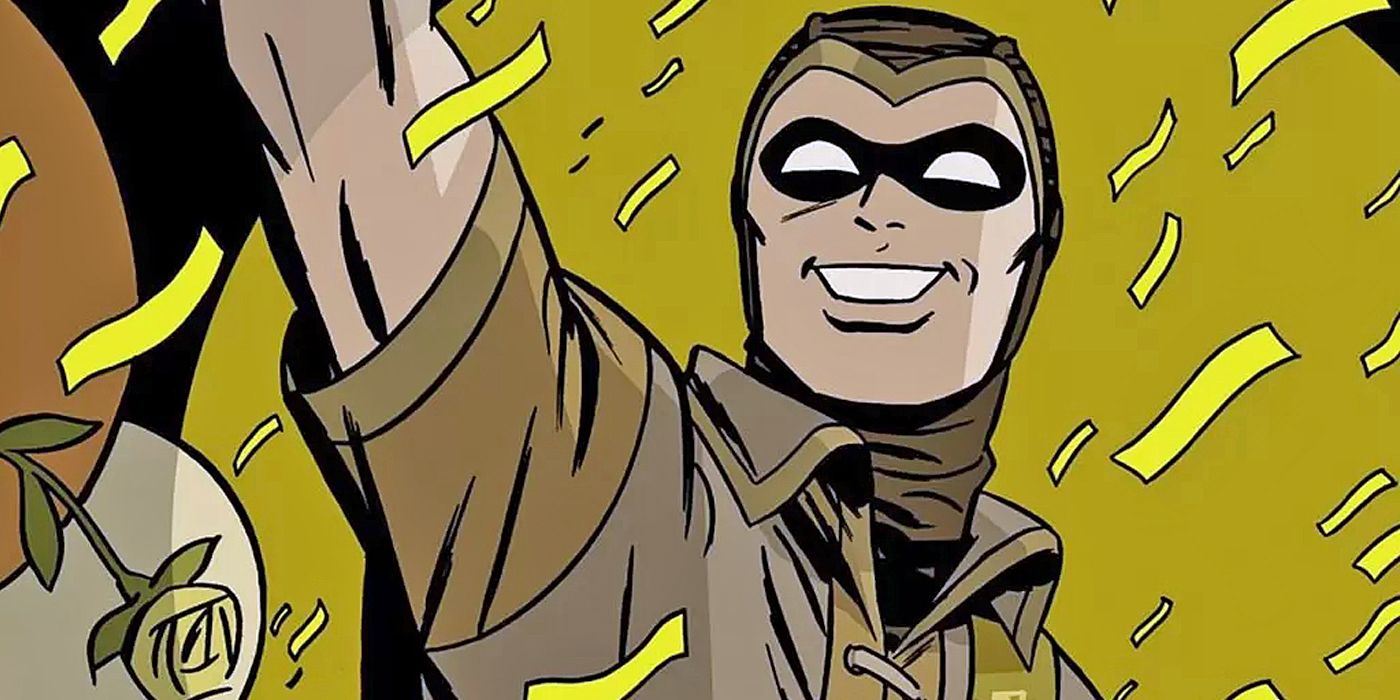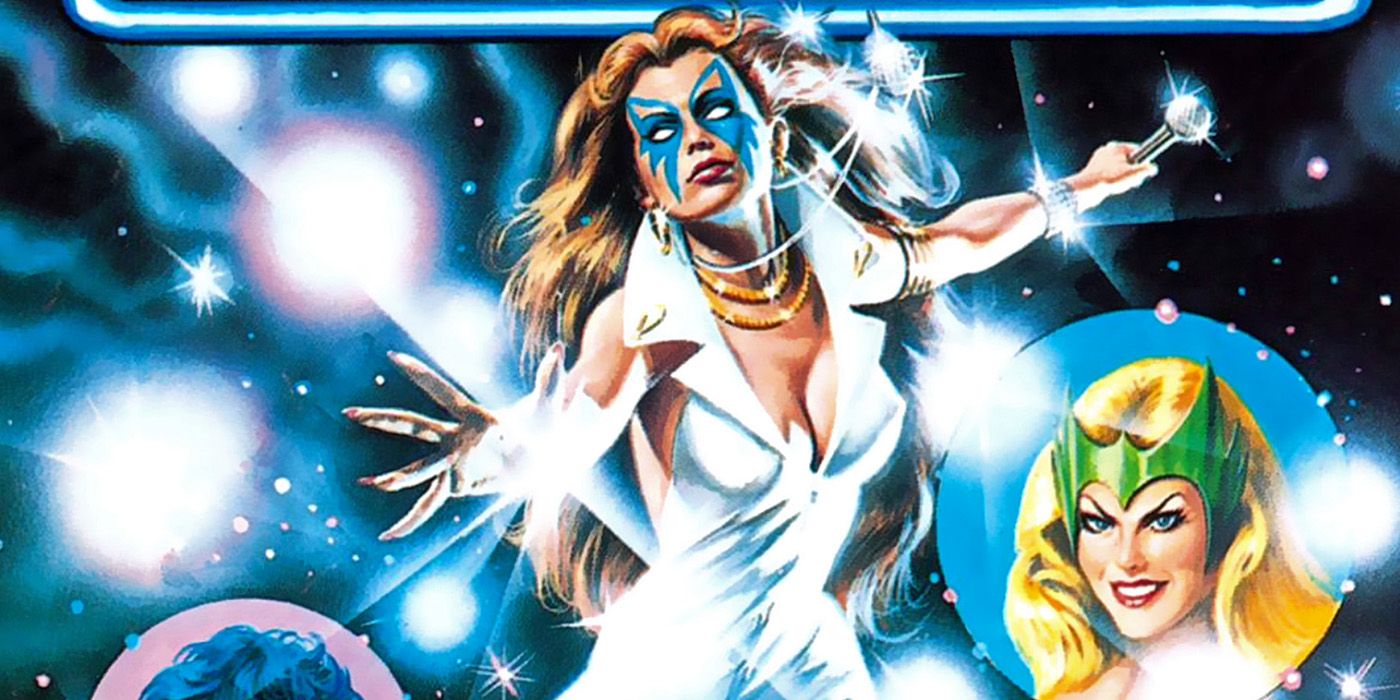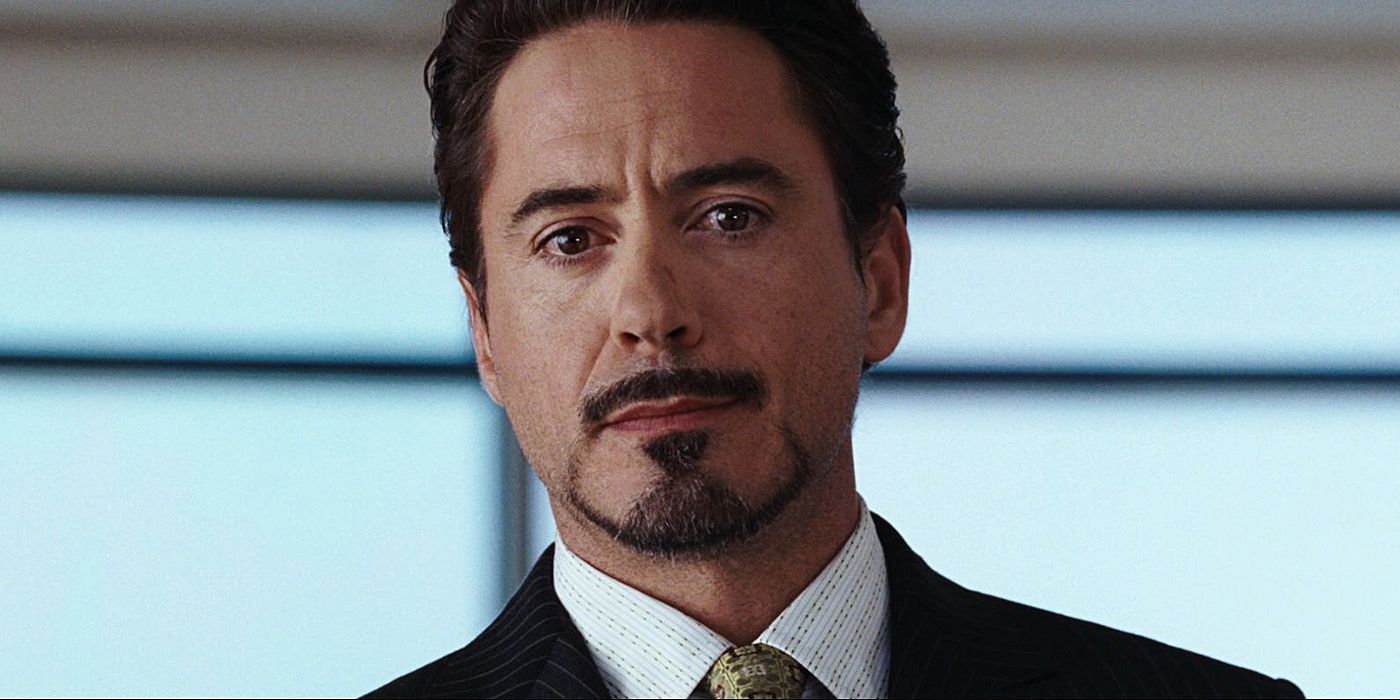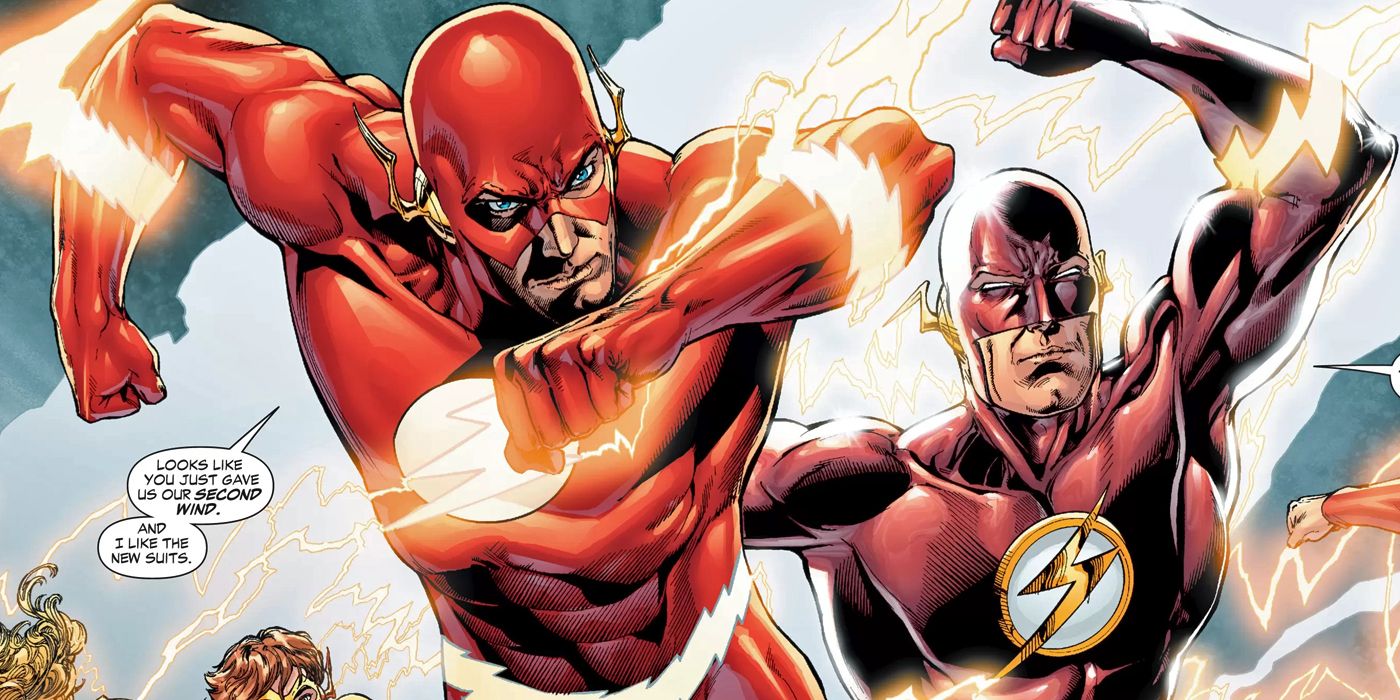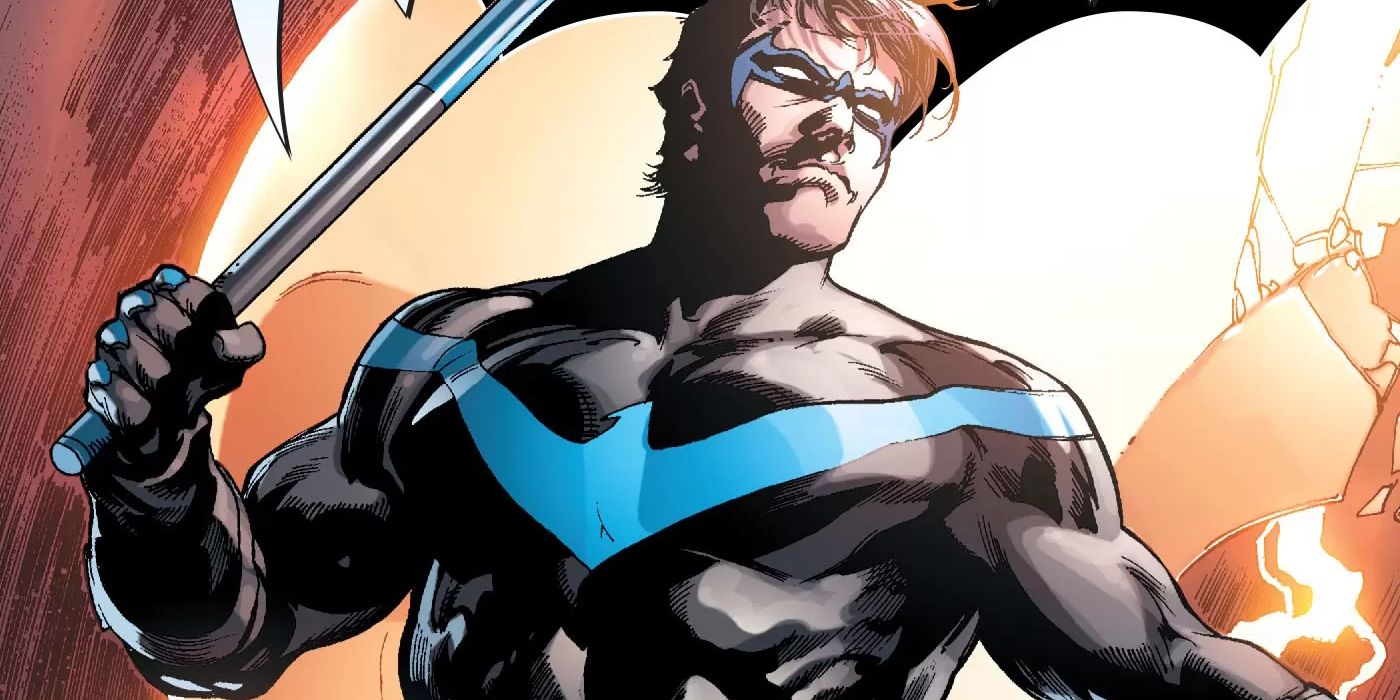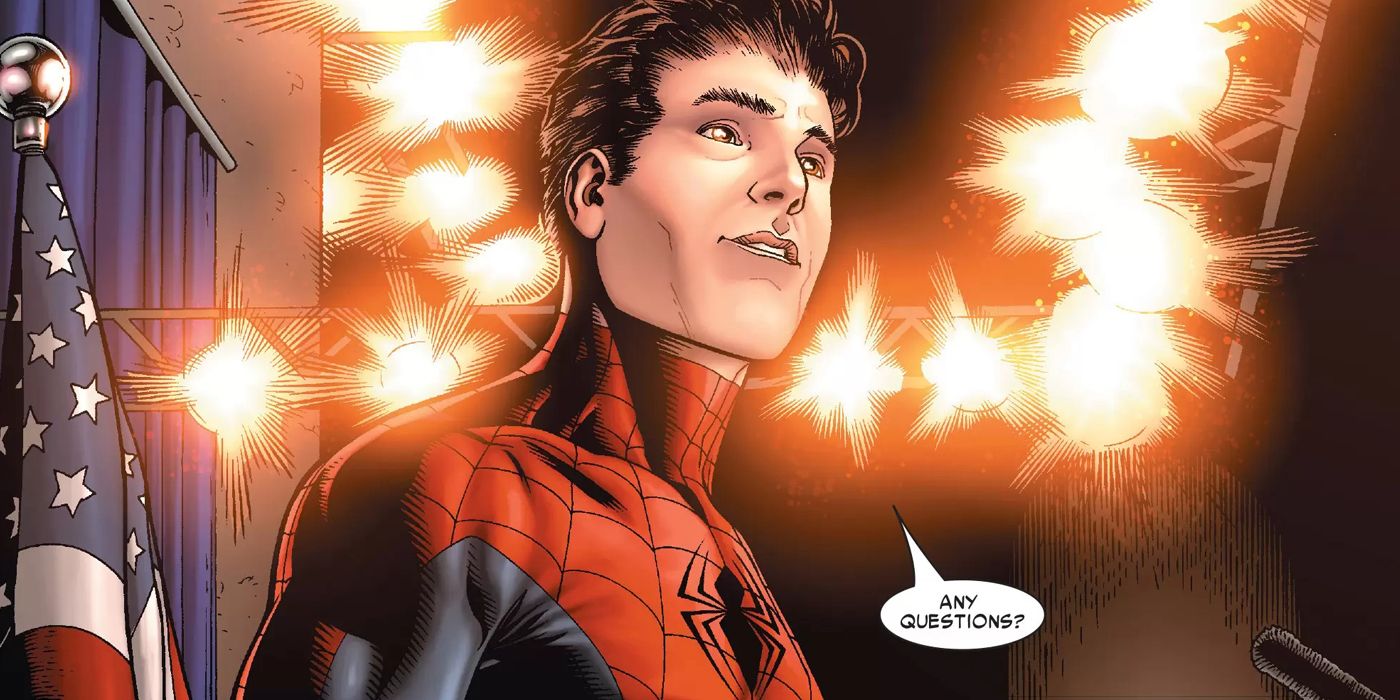Secret identities are a fundamental part of the superhero genre. Although names like Bruce Wayne and Peter Parker are iconic in the real world, those identities have been closely guarded secrets in their comic book universes. While larger-than-life superheroes have had countless adventures, their secret identities have given these beloved characters a semblance of a regular personal life and generated years of stories, close calls and angst-filled drama.
RELATED: The Great Erase: 15 Forgotten Comic Book Characters
But sometimes those secret identities don't stay secret. Now, CBR is taking a look at superheroes who were publicly unmasked. For this list, we'll be looking at times when a character's secret identity or super-powered status were revealed to a general audience in comics and film. While some of these revelations were undone, other heroes embraced the freedom and challenges that came without holding up one of the genre's defining tropes.
15 DAREDEVIL
Daredevil's life has a history of crumbling whenever his secret identity gets out. Although Daredevil's allies like Foggy Nelson and Elektra knew that he was the blind lawyer Matt Murdock, the Kingpin famously used that information to destroy Murdock's life in Frank Miller and David Mazzucchelli's seminal 1986 story "Born Again." In Brian Michael Bendis and Alex Maleev's "Daredevil" #32, Murdock's identity was revealed to the rest of the Marvel Universe.
In that 2002 story, a low-level F.B.I. agent leaked the information to the Daily Globe, where it was front page news. After Murdock sued that tabloid for libel, the veracity of the claim came in to question, thanks to the machinations of a terminally ill Vanessa Fisk. Although he successfully navigated that incident, Murdock confessed to being Daredevil while under oath in 2014's "Daredevil" #35, by Mark Waid and Chris Samnee. Although this 2014 confession got him disbarred in New York, Murdock moved to San Francisco and publicly embraced his identity. Even though he wrote an tell-all memoir, the public's knowledge of his identity seemed to disappear overnight. Charles Soule and Ron Garney are currently exploring how that happened in the pages of their ongoing "Daredevil" run.
14 SUPERMAN
Over his eight decade history, Superman's identity has almost been revealed to the public on several occasions. While his inner circle has been privy to his mild-mannered life as Clark Kent for years, Lois Lane revealed Superman's secret to the world in 2015's "Superman" #43, by Gene Luen Yang and John Romita, Jr. In that story, Lane published Superman's identity online to free him from the threat of blackmail from the villain Hordr_Root.
After the New 52's Superman found out he was dying, Superman told Lane to write about the full details of his life in the 2016 crossover "The Final Days of Superman." After that Superman's death, an older, more experienced Superman, seemingly from the pre-New 52 DC Universe, emerged to take his place. In the early days of DC Rebirth, this Superman was publicly seen alongside an imposter Clark Kent. In 2016's "Action Comics" #963, by Dan Jurgens and Patrick Zircher, the imposter Kent held a press conference where he said that Superman had merely posed as him while he investigated a dangerous story. Despite some early skepticism, the citizens of the DC Universe seem to have accepted this somewhat convoluted explanation without too many questions.
13 CAPTAIN AMERICA
In the Marvel Universe, Captain America is an international icon. Although his secret identity as Steve Rogers is public knowledge in the Marvel Cinematic Universe, he maintained a secret identity for a few decades in comics. Shortly after entering the modern world, Captain America announced his retirement and revealed that he was Steve Rogers in 1967's "Tales of Suspense" #95, by Stan Lee and Jack Kirby. While that retirement didn't last long, he operated openly until he faked Rogers' death with a Rogers-shaped mask in 1969's "Captain America" #111, by Stan Lee and Jim Steranko.
While that ploy let Rogers have a private life for a while, Captain America revealed his identity after killing a terrorist on live television in 2002's "Captain America" #3, by John Ney Rieber and John Cassaday. Since then, his identity has remained a matter of public record. When Rogers resurfaced after his supposed 2007 assassination, he became the Director of S.H.I.E.L.D. in his non-costumed identity after the 2010 crossover "Siege." While Rogers' first tenure as "America's top cop" went fairly well, the upcoming crossover "Secret Empire" is set to paint Rogers in a more nefarious light.
12 THE ATOM
Even though Ray Palmer's heroic history stretches back to the 1960s, his Atom has never really been one of DC Comics' major superheroes. Created by Gardner Fox and Gil Kane in 1961's "Showcase" #34, physicist Ray Palmer developed a bio-belt that allowed him to shrink himself down to a microscopic size. After years serving on the Justice League and protecting Ivy Town, Palmer encountered the Katarthans, a group of miniature aliens in the Amazon rainforest, in Jan Strnad and Kane's 1983 miniseries "Sword of the Atom."
After breaking up with his wife Jean Loring, Palmer decided to return to Brazil and live with the Katarthans. In order to fund this expedition, Palmer and Loring worked with the writer Norman Brawler to tell the Atom's life story. Brawler's book, "The Atom's Farewell," revealed Palmer's identity and became a sensation in Ivy Town. After parting ways with the writer, Palmer stayed in the Katarthan city Morlaidh and became the miniature metropolis' protector for a few years.
11 MYSTIQUE
In the Marvel Universe, Mystique has used her mutant shape-shifting abilities to live in a world of shadows. While she's worked as a villain and antihero in comics, her cinematic counterpart has unexpectedly become one of the most prominent heroic mutants in Fox's X-Men Cinematic Universe. In 2014's "X-Men: Days of Future Past," the public unmasking of Jennifer Lawrence's Raven Darkholme reshaped the X-Men's future.
In a timeline that led to an apocalyptic future, Darkholme killed Sentinel developer Bolivar Trask and sparked a rise in worldwide anti-mutant sentiment. After being captured and experimented on, she returned to a life of secrecy and infiltration in Magneto's Brotherhood of Mutants. In the revised timeline, she spared Trask, saved President Nixon's life and shot Magneto at the urging of Professor X. As 2016's "X-Men: Apocalypse" revealed, Darkholme's televised actions led to considerably warmer relations between humans and mutants. Although her shape-shifting abilities allowed her to move freely, Darkholme became an inspirational figure to the world's mutant community.
10 JUSTICE
After being created by Gerry Conway and Don Heck in 1975's "Giant-Size Defenders" #5, the telekinetic mutant Vance Astrovik became the young superhero Marvel Boy. After appearing sporadically for years, Marvel Boy helped form the New Warriors, a group of teenage superheroes in 1989. In 1992's "New Warriors" #20, by Fabian Nicieza and Mark Bagley, Astrovik accidentally killed his abusive father with a telekinetic blast after he was attacked.
Over the course of the subsequent murder trial, Astrovik's identity was made public. Despite several superheroic character witnesses, Astrovik was ultimately found guilty of negligent homicide and sent to the Vault, a prison for super-powered inmates. While he served his sentence, Astrovik made the most of his time there by successfully fighting for inmates' rights and adopted the codename Justice. Upon his release, he rejoined the New Warriors for the duration of their long-running title. After that, Justice briefly served with the Avengers and trained a new generation of young heroes at the Avengers Academy.
9 GREEN LANTERN
Since most of Earth's modern Green Lanterns spend their time in the furthest reaches of the DC Universe, they don't need secret identities as much as some of their more earthbound counterparts. While some of Earth's other Lanterns maintained fairly private lives, John Stewart wasn't too precious about keeping his civilian identity a secret and has only occasionally worn any kind of mask.
Created by Denny O'Neil and Neal Adams in 1971's "Green Lantern" #87, the architect John Stewart was chosen as the substitute back-up Lantern to Hal Jordan after Guy Gardner was injured. In 1985's "Green Lantern" #188, by Steve Englehart and Joe Staton, Stewart's identity was exposed on a TV news report while he was in deep space. While Stewart continued to serve as Earth's Green Lantern and was generally met with approval, he was fired from his job as an architect at Ferris Aircraft, since Carol Ferris didn't want her company to have any association with the Lanterns. Stewart's nonchalant attitude towards his identity carried over to his famous role on "Justice League Unlimited," where he also didn't wear a mask.
8 THE GREAT MACHINE
Years before "Saga," one of Brian K. Vaughan's early creator-owned masterpieces was "Ex Machina." With art primarily by Tony Harris, Tom Feister and Jim Clark, the Eisner Award-winning WildStorm series mixed superhero drama with political intrigue for 50 issues and four specials. In the 2004 series, city engineer Mitchell Hundred gained the ability to communicate with machines and became a jet-pack-wearing hero called the Great Machine.
In Vaughan, Harris and Clark's "Ex Machina" #1, Hundred revealed his identity and ran a successful campaign to become the Mayor of New York City. The series followed Hundred and his allies, Rick Bradbury and Kremlin, as they dealt with the business of governing and dealing with antagonists like Jack Pherson. Upon its initial release, the series drew some attention for its unique brand of alternate history, which seamlessly mixed then-recent real world events like the 9/11 attacks and 2003 Northeast blackout with the more fantastic elements of Hundred's story.
7 PROFESSOR X
Although Professor X has mentored generations of X-Men at the Xavier School for Gifted Youngsters, his incredible psychic powers were kept under wraps for a surprisingly long time. Like Dr. Moira MacTaggert, Charles Xavier was a well-regarded expert on genetic mutation, but the existence of his powers wasn't widely known outside of the superhero community. In 2001, that changed thanks to Cassandra Nova, Xavier's ultra-powerful evil twin sister.
In Grant Morrison and Frank Quitely's "New X-Men" #116, Cassandra Nova put her mind in Xavier's body. In the wake of a genocide she orchestrated on the mutant nation Genosha, a Nova-possessed Xavier went on national TV and revealed that he was a mutant. When this revelation brought a mass of anti-mutant protesters to the Institute's doorstep, she then used Xavier's visage to infiltrate the Shi'ar Empire as part of a plan to dismantle every aspect of her brother's life. Eventually, the X-Men were able to return Xavier's mind to his body and trap Nova in a psychic prison.
6 NITE OWL
Even though Hollis Mason wasn't the most prominent character in Alan Moore and Dave Gibbons' seminal 1986 work "Watchmen," he met one of the book's cruelest ends. In the world of "Watchmen," New York City policeman Mason was inspired by DC's Superman and the hero Hooded Justice to become Nite Owl in 1938. In 1939, he joined the Minutemen, a team of non-powered masked adventures, and fought supposed Axis agents on the home front during WWII.
In 1962, Mason retired from being Nite Owl and wrote "Under the Hood," a tell-all confessional about his time as a hero. That autobiography contained several lurid revelations about the Minutemen and was excerpted extensively in a few issues of "Watchmen." In his later years, Mason opened up an auto-repair shop and befriended his successor, Dan Dreiberg. After the second Nite Owl orchestrated a prison break, a gang called the Knot-Tops attacked Mason in his home under the belief that he was his successor. Despite Mason's best efforts, he was bludgeoned to death with a statue given in recognition of his time as Nite Owl.
5 DAZZLER
While Dazzler could've been reduced to a footnote as the "disco superhero," the light-generating mutant has lasted far longer than the musical fad that spawned her. Created by Tom DeFalco, John Romita Jr., Louise Simonson and Roger Stern, Dazzler was designed to be a multimedia character. While those large plans fell through, she made her debut in 1980's "X-Men" #130, by Chris Claremont and John Byrne. While she would return to the X-Men a few times over the years, successful musician Alison Blaire starred in her own series, "Dazzler," for five years.
In 1984's "Marvel Graphic Novel" #12, by Jim Shooter and Frank Springer, Blaire's status as a mutant was revealed by her romantic and business partner Roman Nekoboh. In "Dazzler: The Movie," Nekoboh coerced Blaire into revealing her powers as part of a publicity stunt for an upcoming movie she was set to star in. Although that move backfired spectacularly and almost killed her career, she found success years later as an icon of mutant culture, X-Man and an Agent of S.H.I.E.L.D.
4 IRON MAN
For most of the character's comic book history, Tony Stark concealed his superheroic adventures by claiming that Iron Man was simply his bodyguard. While Robert Downey Jr.'s Tony Stark almost set the same precedent in the closing moments of 2008's "Iron Man," he admitted that he was really the Armored Avenger in a charming, cavalier moment that segued seamlessly into Black Sabbath's song "Iron Man."
Despite his best efforts, an alarming number of people figured out Iron Man's real identity over the years. In 1998's "Iron Man & Captain America Annual," by Kurt Busiek and Patrick Zircher, Iron Man used a machine built by the psychic villain Mentallo to erase all knowledge of his secret identity from the Earth's population. In 2002's "Iron Man" #55, which was the 400th issue of his regular series, Iron Man revealed his identity to save a child's dog during another press conference in a short story by Mike Grell. Since then, Stark has taken on several major roles outside of his armor, including brief stints as the U.S. Secretary of Defense and the Director of S.H.I.E.L.D.
3 THE FLASH
In Marv Wolfman and George Perez's landmark 1985 crossover "Crisis on Infinite Earths," Barry Allen, the Flash, seemingly gave his life to save the universe. While he was only publicly mourned as a costumed figure, he had actually been unmasked in court just a few months earlier during "The Trial of the Flash." In that storyline, the Flash was on trial for the murder of the Reverse Flash and had recently had facial reconstructive surgery. When the Flash was unmasked in "The Flash" #345, by Cary Bates and Carmine Infantino, he looked nothing like Barry Allen.
After Allen's death, Wally West, the former Kid Flash, assumed his mentor's mantle and became the new Flash. Although West still technically had a secret identity, it wasn't really a closely guarded secret. Not long after Allen's death, West revealed both his and Allen's identities to the general public, and the achievements of both heroes were recognized in Central City's Flash Museum. This was the case until 2003's "The Flash" #200. In that story, by Geoff Johns and Scott Kolins, the Spectre used his nigh-omnipotent power to erase the public's knowledge of the Flash's true identity.
2 NIGHTWING
Although Bruce Wayne has openly talked about funding Batman's operations, he's successfully kept knowledge of his costumed activities away from the general public. Unfortunately, his most famous sidekick, Dick Grayson, hasn't been so lucky. In the crossover "Forever Evil," the Crime Syndicate, the Justice League's evil counterpart from Earth-3, invaded the DC Universe. In 2013's "Forever Evil," #1, by Geoff Johns and David Finch, they kidnapped Dick Grayson, who was operating as Nightwing at the time, and unmasked him on live TV.
After this incident, Grayson infiltrated the covert organization Spyral on behalf of Batman in the critically-acclaimed series "Grayson." As a member of Spyral, he received hypnotic implants that made his face impossible to remember and unobservable by other means. At the end of that 2014 series, a psychic satellite network was used to wipe the memory of him from existence to everyone but his closest friends. Since then, he has resumed working covertly as Nightwing in DC Rebirth.
1 SPIDER-MAN
One of Spider-Man's defining qualities is the dichotomy between his amazing high-flying adventures and Peter Parker's spectacularly bad luck. Even though he successfully kept his identity secret from most of the people in his life, Spider-Man unmasked himself during a press conference in 2006's "Civil War" #2, by Mark Millar and Steve McNiven. Although Peter did this in compliance with the Superhuman Registration Act, he withdrew his support for the measure soon after.
Spider-Man's public revelation eventually resulted in one of the Kingpin's assassins fatally wounding Aunt May with a bullet that was meant for Spider-Man. In J. Michael Straczynski and Joe Quesada's controversial 2007 story, "One More Day," Peter and his wife Mary Jane made a deal with the demon Mephisto to trade their marriage for Aunt May's life and the restoration of Spider-Man's secret identity. Despite the critical and commercial success that some subsequent Spider-Man stories received, that decision remains a point of contention over a decade after the original unmasking.
Stay tuned to CBR for all the latest from Marvel and DC Comics! Let us know what your favorite unmasking is in the comments below!

